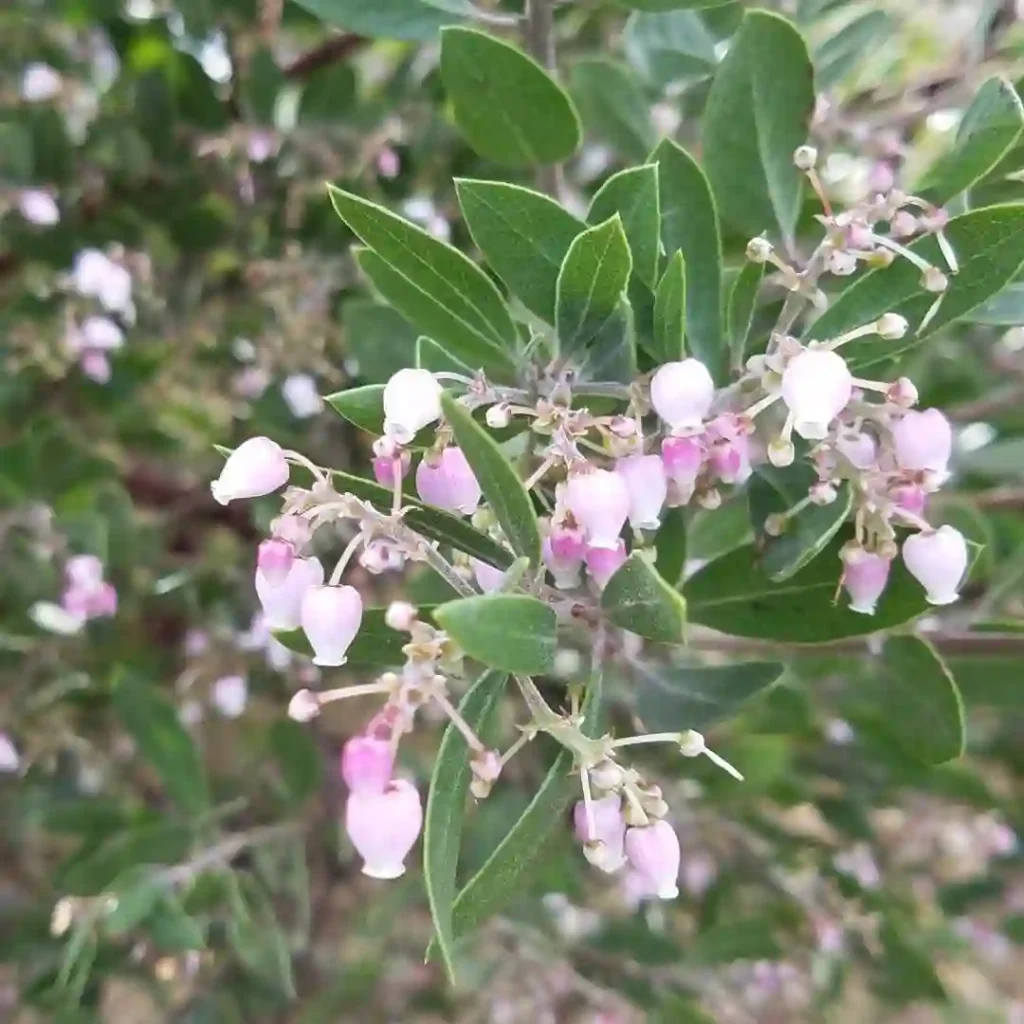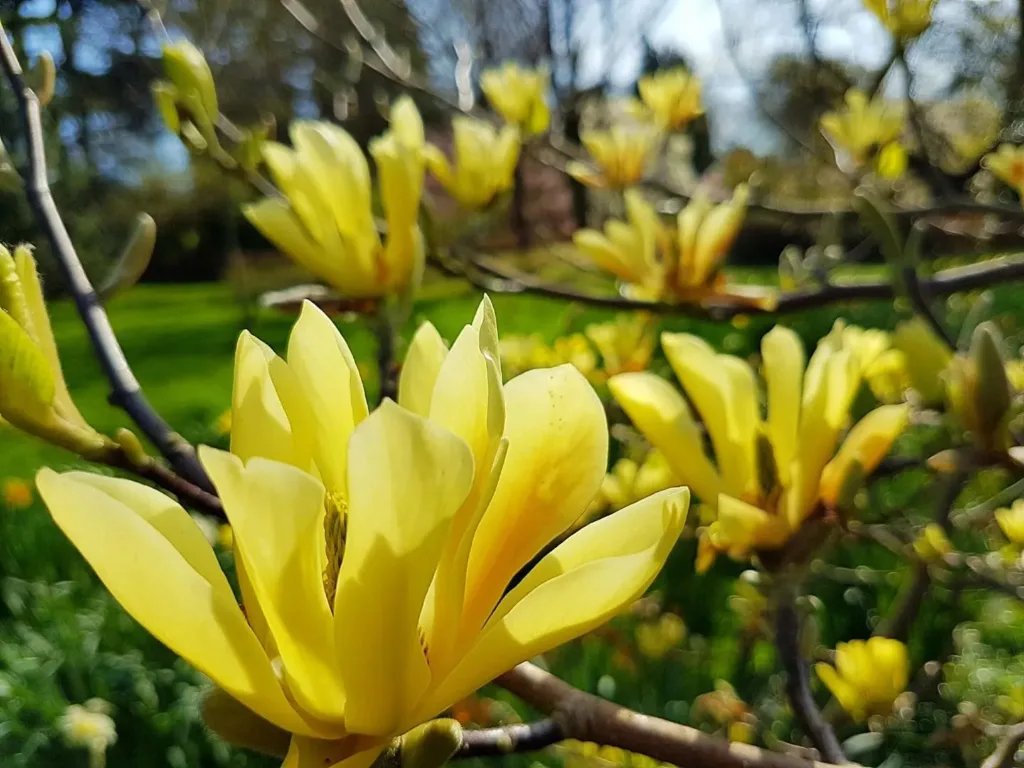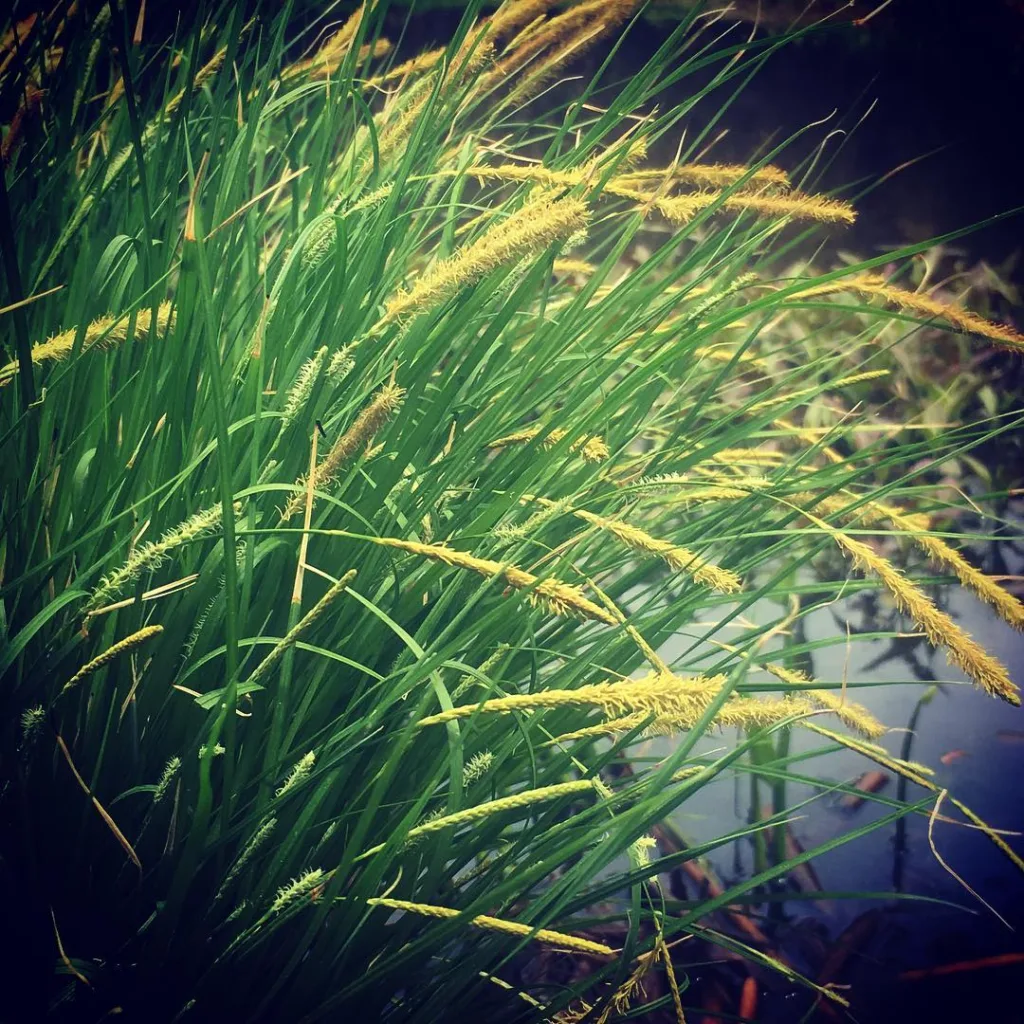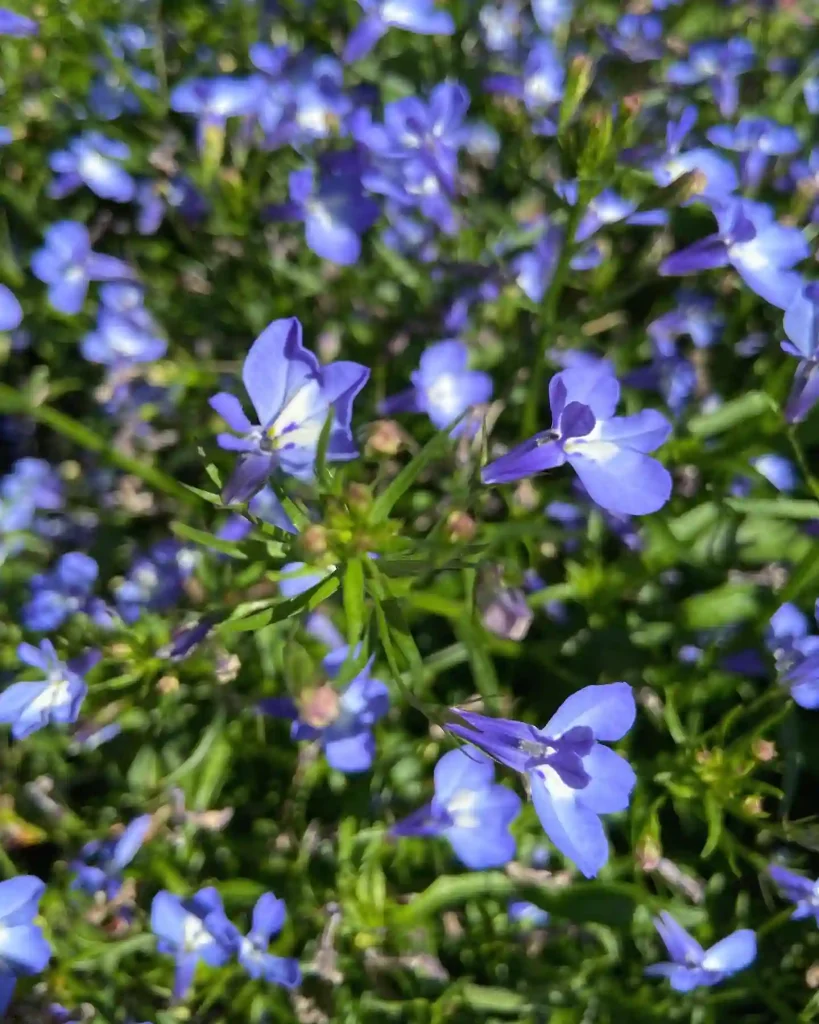What is Xanthium Strumarium?
Xanthium Strumarium, commonly known as the Cocklebur, is a plant that often piques interest due to its distinctive appearance and uses. This herbaceous annual belongs to the Asteraceae family and is known for its rough, spiky fruits that resemble burs. Native to North America, it thrives in disturbed soils and is often found in agricultural fields and along roadsides. Its growth can be quite vigorous, reaching up to six feet tall in favorable conditions.
7 Species in Genus Xanthium
How to Care for Xanthium Strumarium?
Caring for Xanthium Strumarium is relatively straightforward, though it requires attention to its specific needs. This plant prefers full sun and well-drained soil. It is quite tolerant of poor soil conditions, which is one reason why it thrives in disturbed areas. Watering should be moderate; while the plant is drought-tolerant, it will benefit from occasional watering during extended dry periods.
One aspect of care that requires caution is controlling its spread. Xanthium Strumarium can become invasive, so managing its growth is crucial if you’re cultivating it in a garden setting. Regular monitoring and removal of the plant before it seeds can help prevent it from taking over other areas.
How to Propagate Xanthium Strumarium?
Propagation of Xanthium Strumarium is usually done through seeds. The seeds are contained in the spiky burs and can be harvested once they mature. To propagate, collect the burs, extract the seeds, and store them in a cool, dry place. When you’re ready to plant, sow the seeds in well-prepared soil. They should be planted about half an inch deep. Given the right conditions, germination typically occurs within a couple of weeks.
What to Plant With Xanthium Strumarium?
If you’re looking to companion plant with Xanthium Strumarium, consider pairing it with species that can tolerate similar conditions. Plants like sunflowers or common milkweed can complement it well. These plants share a preference for full sun and can handle less-than-ideal soil conditions. Additionally, they may provide a more balanced and aesthetically pleasing garden space while helping to manage Xanthium Strumarium’s aggressive growth.
Is Xanthium Strumarium Toxic?
Xanthium Strumarium is indeed toxic. The plant contains compounds called xanthium, which can be harmful if ingested. The seeds and other parts of the plant can cause poisoning in humans and animals, leading to symptoms such as nausea, vomiting, and abdominal pain. Care should be taken to avoid ingestion, and if you have pets or small children, it’s best to avoid growing this plant in areas where they have access.
Benefits of Xanthium Strumarium
Despite its toxicity, Xanthium Strumarium has some traditional uses that are worth noting. In certain cultures, it has been used in folk medicine to treat various ailments, including skin conditions and respiratory issues. The plant’s burs have also been used historically as a form of natural pest deterrent. However, these uses should be approached with caution due to the plant’s toxicity.
Common Problems with Xanthium Strumarium
One of the main problems with Xanthium Strumarium is its invasive nature. The plant can spread quickly and dominate garden spaces, outcompeting other plants. Additionally, the burs can cling to clothing and animal fur, spreading the seeds further and contributing to its invasive potential. Regular management and monitoring are essential to control its spread and prevent it from becoming a nuisance.
Compare with Similar Plants
Xanthium Strumarium is sometimes confused with other bur-producing plants like the Burdock (Arctium spp.). Both plants have spiky burs, but Xanthium Strumarium’s burs are more aggressive and have a more rounded shape compared to the often larger, more irregular burs of Burdock. Additionally, Burdock is generally not as toxic as Xanthium Strumarium and is used in herbal remedies.
Another plant worth comparing is the Cocklebur’s relative, the Common Ragweed (Ambrosia artemisiifolia). While both plants share a similar habitat and can be quite invasive, Common Ragweed is more known for causing allergic reactions, whereas Xanthium Strumarium is more notable for its toxic properties and its burs.
Summary
Xanthium Strumarium, or Cocklebur, is a fascinating yet potentially troublesome plant. Its distinctive appearance and invasive nature make it a plant that requires careful management. Although it has some traditional uses, the risks associated with its toxicity cannot be ignored. By understanding how to care for and control this plant, you can better appreciate its role in both natural and cultivated environments.
If i die, water my plants!



